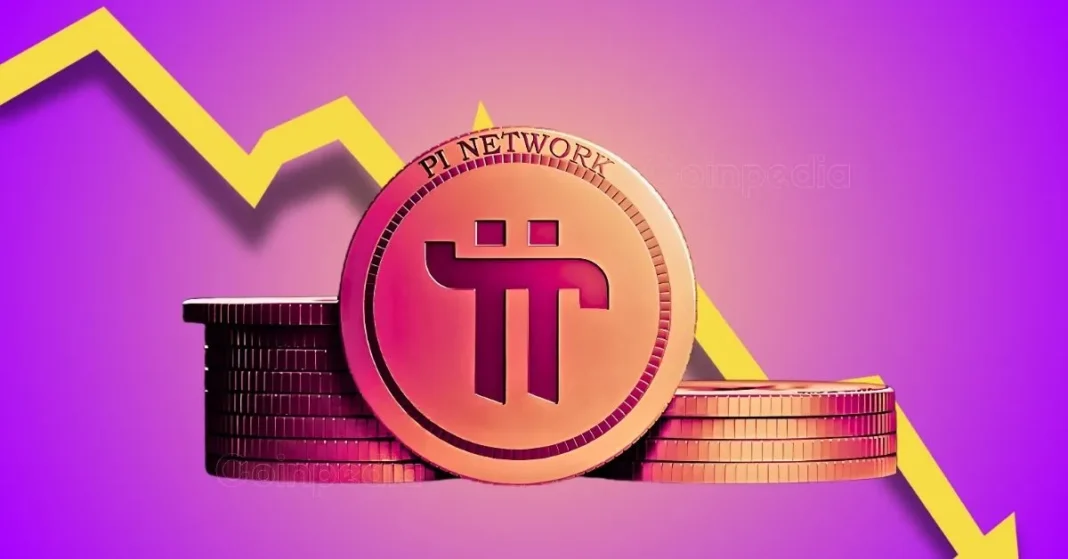Pi Network has officially launched and is now listed on various exchanges. The maximum supply of Pi is 100 billion, with about 9.7 billion currently in circulation. However, after hitting ATHs above $2, the price has now crashed and is trading at $0.78. Down by more than 55%, Pi’s price is fluctuating, and people are selling aggressively.
Looking ahead, OKX has listed Pi, but Binance, the leading exchange, has not yet done so. Binance has stated that they will only list Pi if it meets certain criteria, which it hasn’t done yet. However, once these criteria are met, Binance is likely to list Pi, potentially driving the price higher. The future of Pi Network is uncertain, but some believe it has the potential to create significant returns.
Analyst Kim Wong took to social media and wrote, “Trading in Pi is disappointing as pioneers keep selling and buy orders are small ( highest 1K Pi, on average a few hundred Pi). No big capital is insight. However, this can also be look at as positive, as sellers exhausted, and buyers jump in, price should go back up again.”
“No matter what, what is important is PI network has successfully open its network to the world and as people understand the power of Pi Network, price will go up when big capital jump in. Hold your precious Pi coins,” he added.
According to the founders, the Pi Network ecosystem is designed to be fully functional and user-friendly, accessible through the Pi Browser. This interface allows seamless navigation, enabling a single sign-on for Pioneers across all Pi apps. It also supports secure in-app payments through the Pi Wallet app and facilitates the visibility and sharing of Pi Web 3 apps via Web 2 browsers. This creates a loop where Pi’s millions of users can support the network’s growth by sharing apps.
While developer tools are crucial, mass adoption depends on developers creating real utilities and businesses providing genuine use cases for the Pioneer community. With millions of Pi tokens in circulation, Pi Network has a carefully structured tokenomics model to prevent hyperinflation and maintain long-term stability.

